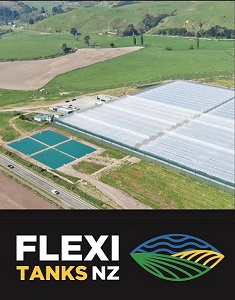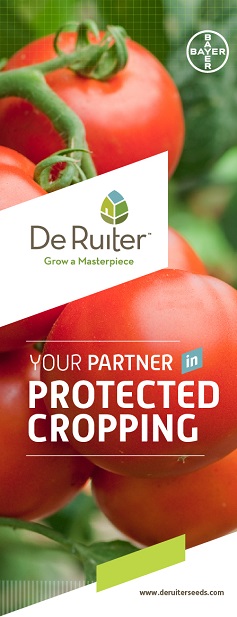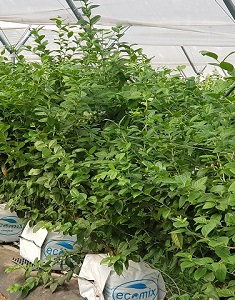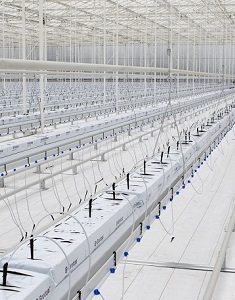Sign up here to subscribe to the Grower2grower Ezine. Every two weeks you will receive new articles, specific to the protected cropping industry, informing you of industry news and events straight to your inbox.
Aug 2020
Spring is less than one week away
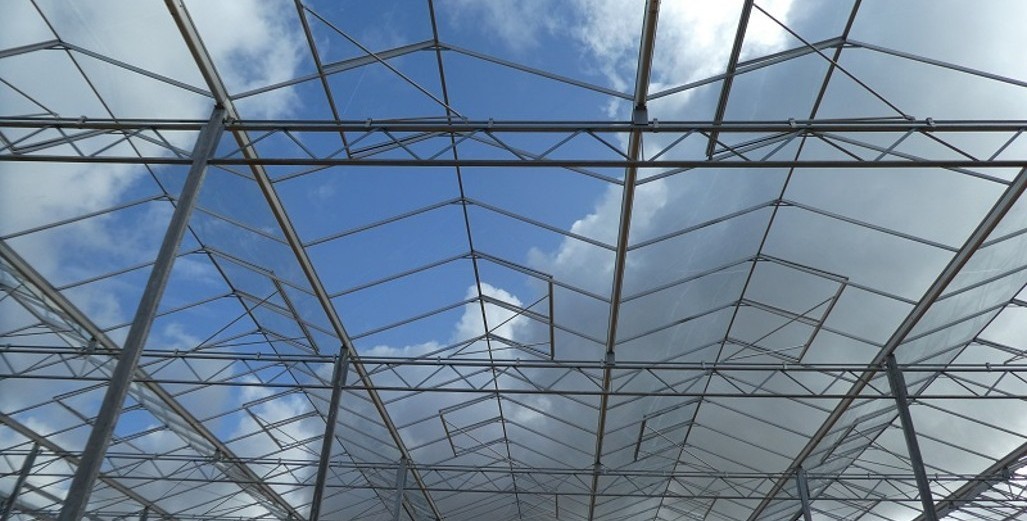
Are you prepared for the increase in light?
Last week I took a photo at a customer’s greenhouse, what really caught my attention was what was going on outside the greenhouse. For international growers, who sometimes look at New Zealand climate data and think it must be easy for growers in NZ, this photo is a snap shot of why I believe it is far from easy.
One minute we can be in complete shade then the next full sun. This yo-yo effect can go on all day at this time of the year. In this type of yo-yo weather, it is incredibly difficult to manage older tomato plants (9-10 months old), that were planted in summer, to provide winter production. Being weary of plants ‘flagging” is important on older loose round varieties, especially those varieties prone to Blossom End Rot (BER). Some crops may not have heads removed until as late as November so it can become a scenario that you need to nurse your plants through.
Extra heads should’ve been added and with this fruit numbers per m2 will substantially increase. The extra leaf area will be welcome to help provide extra ‘cooling/shade’ for the environment (we want to make sure we turn the light into production). Irrigation is as always important. Wind, in particular a fast moving southerly, will act as a vacuum and suck humidity (protecting your plant) out of your greenhouse faster than you may desire, so careful consideration to the setpoints around wind-side venting in relation to wind direction and humidity is what I advise you to monitor, especially on older crops and even cucumber crops at the point of harvesting.
The only other type of weather that is more challenging in spring is ten minutes of rain followed by ten minutes of sun, with this pattern repeating itself fifty times a day. Trying to maintain an environment where the greenhouse is not ‘hunting’ the setpoints you have programmed into the computer can be frustrating at best. Even the most high-tech systems, with fantastic environmental computer systems, will not 100% prevent maintaining the ‘perfect’ climate. When this occurs, you can almost see the fungus issues arising before your eyes, this along with disruption to every other growing issue that may put you in need of a visit to see your psychologist.
Last week, here in Auckland, we had three days that resembled the most perfect days you would hope for in November, this week the weather has been typical, showers, cloud, sun then more rain (and today a flood that hopefully fills Auckland’s dams). Temperatures are mild and this may reduce heat inputs which in turn may lead to additional fungal issues. Even though the weather is dull and not that difficult on plants this week, next week the switch may flick so be prepared.
I love this time of the year; the challenges of growing are vast, successfully navigating through spring is what I look forward to. I expect this year to be no different to any other season and I’m looking forward to more detailed chats, regarding this subject, with Grower2Grower customers.
I appreciate your comments. Please feel free to comment on the grower2grower Facebook page:
https://www.facebook.com/StefanGrower2grower/
Article Written and compiled by Stefan Vogrincic, Consultant, Grower2Grower
Article Edited by Marie Vogrincic, Editor, Grower2Grower
CLASSIFIED
Subscribe to our E-Zine
More
From This Category
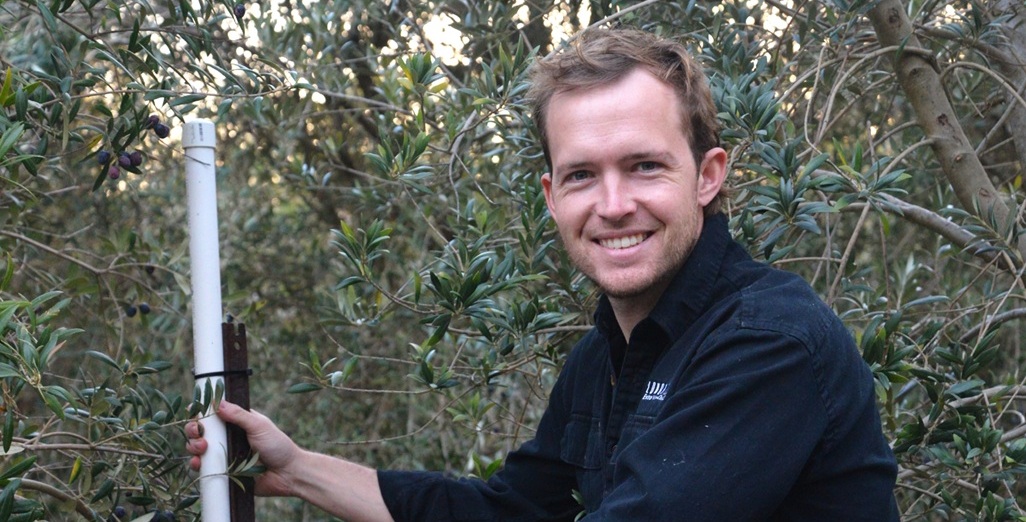
Australian horticulture’s $1 billion annual productivity opportunity
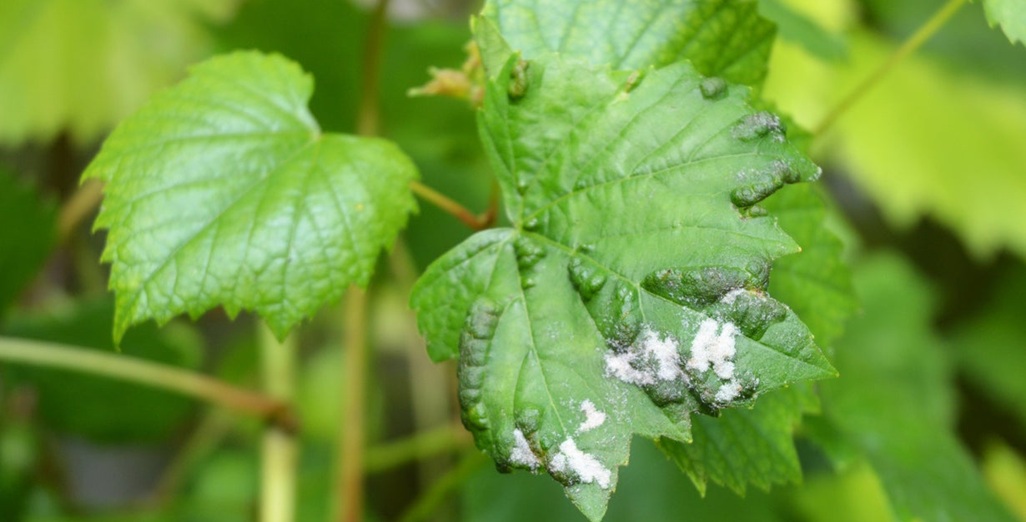
Powdery Mildew: EPA approves Rhapsody, a fungicide containing 218 g/L ipflufenoquin, a chemical new to New Zealand

Calling on suppliers to do the right thing (Hygiene)

Cravo Cricket Houses: New Zealand’s Game-Changing Training Facilities
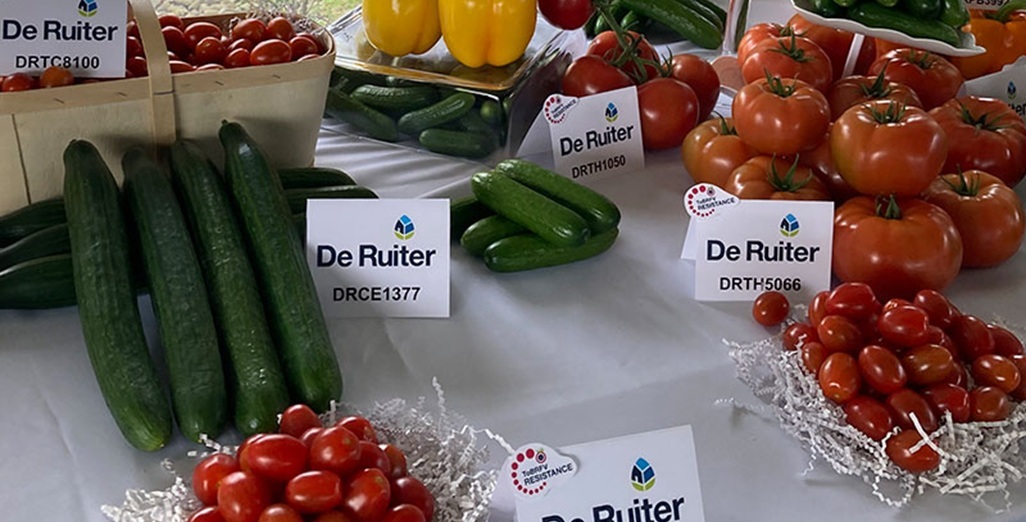
New tomato varieties from Bayer offer protection against resistance-breaking Tomato Brown Rugose Fruit Virus (ToBRFV)









